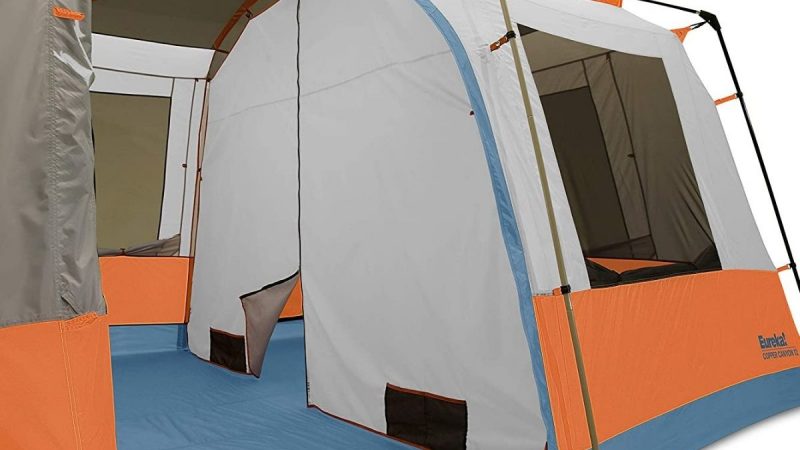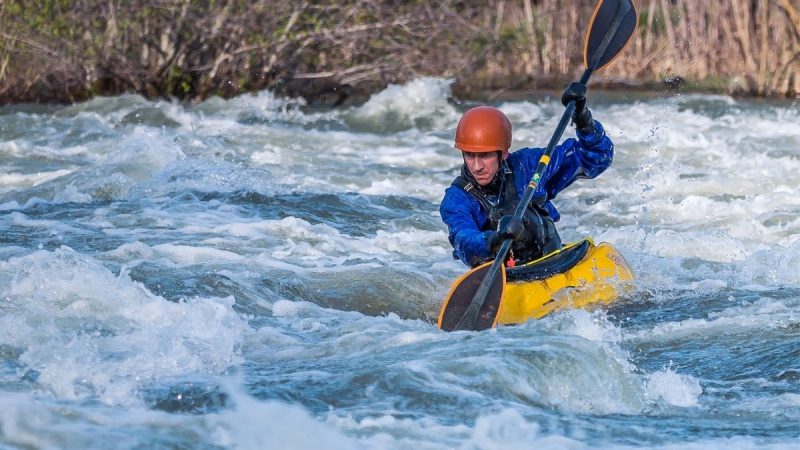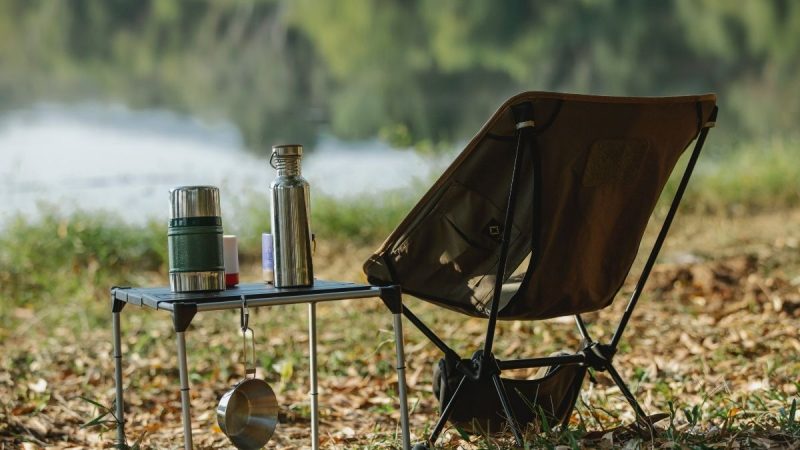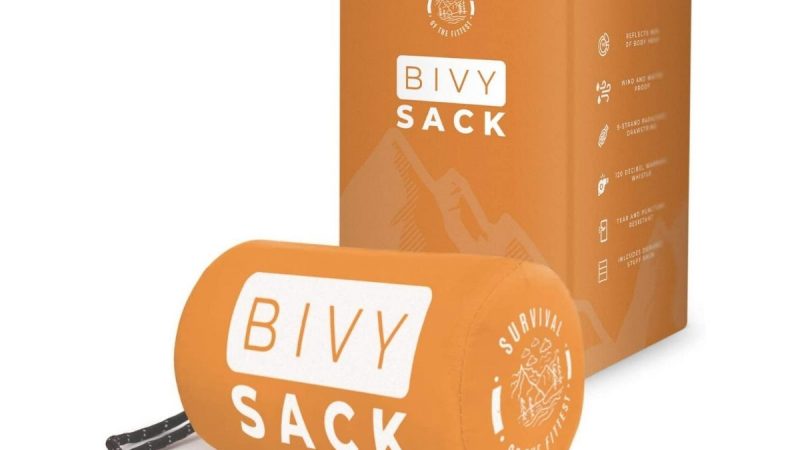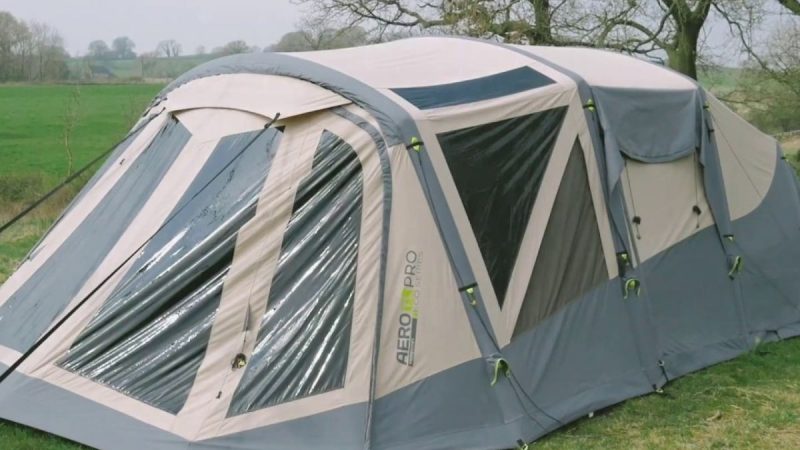How to Use Trekking Poles the Proper Way?

Using Trekking Poles
Using trekking poles the proper way is a subject of some debate. Some people swear by them, while others have never used them and are perfectly happy with their way of walking…
The fact is, you can walk without trekking poles, but…why would you want to? Wouldn’t you appreciate two extra legs?
Here are three ways to make sure you’re using trekking poles the proper way and getting the most out of them:
1. Adjust your poles to the correct length. When you’re standing upright with your arms at your sides, your elbows should be bent at a 90-degree angle. If they’re not, then you need to adjust your poles shorter.
2. Use the straps. Make sure to use the straps on your wrists to help take some of the weight off your hands. This will also help keep the poles in place as you hike.
3. Plant them firmly on the ground. You want to make sure that when you plant your poles, they’re stable and won’t move around. To do this, make sure the angle of your poles is correct and that you’re pushing them into the ground with force. If they start to slip, you’re not doing it correctly.
Trekking poles can be a huge help when hiking, but only if you use them properly. By adjusting them to fit you, using the straps, and planting them firmly on the ground, you’ll be able to hike faster, safer, and for longer distances. So don’t be afraid to try trekking poles – they just might be the best thing you ever did for your hiking!

Why Use Climbing Sticks?
Climbing sticks or trekking poles are a wonder as far as you use them the proper way. They are one of the best tools for hiking and walking, like every other tool they too have to be handled with care to get maximum benefits.
Gone are those ages when you used to wonder how people across the globe manage to use these sticks without breaking their heads! It is common knowledge now that trekking poles help reduce impact on knees and ankles by at least 25 percent while providing support for climbing steep hills or crossing rivers. These poles also enhance your balance especially during difficult terrains where you need great stability. The third benefit is helping hikers go faster because of greater endurance without tiring out quickly. Trekking poles come in very handy even in dangerous situations due to foolproof security that it provides through its three-
There are so many benefits to using these hiking aids that it hardly seems logical to do otherwise! Here are just a few ways you can use your trekking poles the correct way:
1) To Lift Yourself Up
If you’re tired, carrying heavy packs onto steep climbs, I find it much easier than having my arms swing limply at my sides or anchored into my pockets. I try not to put too much weight on them, though – if there’s no-one behind me who might need to pass, I’ll usually rest my poles on the ground rather than use them as ‘levers’.
2) To Help Cross Difficult Terrain
If you are worried about losing my balance on a slippery surface or crossing a river with stones that might be hiding holes, using my trekking poles gives me an extra level of safety and confidence.
3) To Help Walk Faster Uphill.
This is especially true if I’m already tired from walking – by using my trekking poles as leverage, I can put just a little more ‘oomph’ into each step and cover more ground quickly.
4) As a Tent Pole in Emergencies
If I’m caught out without a tent pole (or if the wind is strong and I need to put my tent up quickly), I’ll sometimes use one of my trekking poles instead – it works just as well, if not better.
5) To Help with Water Crossings

If there’s a river or stream ahead of me, I’ll balance against both sides so that the current is divided equally across both poles and hence is less likely to knock me over.
6) When You fall Over
A good trick for preventing broken bones when you trip or lose your footing on a mountain? Use your trekking poles! As long as you’re facing downhill, they’ll catch some of the impact and make sure you don’t damage anything beyond bruising.
7) For Pushing Through Vegetation
When bush-bashing along an overgrown track, I’ll sometimes use my trekking poles to help me ‘push’ through the vegetation – it’s much easier than using my hands and stops me from getting scratched up.
8) To Take Weight Off Tired Legs
This is especially beneficial when taking a break for lunch or at the end of the day – by propping my trekking poles against a tree or rock, I can take some of the weight off my feet and give them a little break.
9) As a Signal to Other Hikers
If you’re waiting at a junction for someone else to catch up, it’s easy to hold one trekking pole up in the air so that they can see where you are.
10) As an Aid in Photography
While not as stable as a tripod, using trekking poles as an ‘extension arm’ for my camera can help me take some great photos of landscapes or wildlife without having to get too close.
Does Using Trekking Poles the Proper way “Protect” Your Knee?

The fact is, most people believe they know how to use trekking poles correctly. They do not realize that they might be placing their joints and the surrounding structures at risk of injury instead. Using poles incorrectly may result in joint inflammation, bony overgrowth or additional stress injuries such as medial tibial stress syndrome (shin splints) and plantar fasciitis.
People usually place too much weight on their arms while using hiking sticks and hence overload the patello-femoral joint complex leading to pain in the anterior knee. The muscles responsible for stabilizing the patella also becomes inhibited when we walk with poles resulting in increased loads across the joint. Trekking poles may also cause the hip abductors and external rotators to work harder in order to maintain balance. This may lead to muscle strains in these areas, especially if you are using poles for an extended period of time.
The use of trekking poles can be a safe and helpful tool but should be used with caution. Always ensure that you are using them correctly by following the tips mentioned earlier in this article. Remember, it is always best to speak with your doctor or physical therapist if you have any concerns about how best to use trekking poles and whether they might be right for you.
While using trekking poles the proper way may seem like a simple piece of equipment, there are many ways in which they can be of assistance when hiking.
When is a Trekking Stick not Needed?

BackPackerCarWorld recommend using trekking poles on all trails unless you are running, racing or hiking on pavement. If the trail is flat and free of debris, I would not recommend bringing them along. When carrying a heavy pack, they can definitely help to ease your burden by taking some of the load off of your legs. Using one pole at a time is recommended for this situation.
If you are looking to get into shape for summer hikes or just get outside more often in general, consider purchasing two sets of good quality aluminum trekking poles . You could even use them around town when you go out shopping or carry packages.
The benefits far outweigh the negatives if used correctly so do not be afraid to try them out next time you hit the trail.
Recommendations On The Experience of Buying Climbing Sticks
It is essential to be aware of how to use trekking poles correctly. While many people believe they know how to use them right, they do not realize that doing so can actually result in joint inflammation, bony overgrowth or additional stress injuries like medial tibial stress syndrome (shin splints) and plantar fasciitis. People often place too much weight on their arms while using hiking sticks; this overloads the patello-femoral joint complex, leading to pain in the anterior knee region.
The use of trekking poles can be safe and helpful but should be used with caution. Always ensure that you are using them correctly by following the tips mentioned earlier in this article. Remember, it’s always best to speak with your doctor before trying them out to ensure that they are right for you.
While using trekking poles the proper way seems simple enough, there are many ways in which they can be of assistance when hiking. They can take some of the load off your legs when carrying a heavy pack and one pole at a time is recommended for this situation . It’s also great for keeping distance from wild animals or photographing them without scaring them away.
Remember, if the trail is flat and free of debris, BackPackerCarWorld would not recommend bringing them along. If you’re looking to get into shape for summer hikes or just get outside more often in general, consider purchasing two sets of good quality aluminum trekking poles . You could even use them around town when going shopping or carrying packages. The benefits far outweigh the negatives if used correctly so do not be afraid to give them a try next time you go out!
If you are looking for one of the best ways to pack a rucksack, this site has great information . Moreover, It is important to remember that while using hiking sticks can help reduce strain while walking, it may cause problems with other joints in your body. Trekking poles should be used with caution and should only be brought along when needed.
How to Use Trekking Poles the Proper Way?
Adjusting The Wrist Strap

Adjust the wrist trap while you are standing and holding both handles in your hands. If the trekker pole fits correctly, it should not be able to slide down or up your hand without moving your wrist. The same goes for the sizing of the grip; it should fit snugly in your palm.
Adjust The Pole Length

This step is only necessary if your poles are adjustable. There should be a marker (usually a band or line of paint) on the pole that shows the maximum length of extending. When shortening the poles, make sure not to extend them beyond this point or you will decrease the effectiveness of the poles and could damage them.
Tightening Your Trekking Poles

Adjust your hiking tips so that they are the right height for you. To do this, simply pull up on the locks or twist the pole section lock mechanism so it is tighter.
Walking Uphill With Trekking Poles

While many people believe they know how to use them right, they do not realize that doing so can actually result in joint inflammation, bony overgrowth or additional stress injuries like medial tibial stress syndrome (shin splints) and plantar fasciitis. People often place too much weight on their arms while using hiking sticks; this overloads the patello-femoral joint complex, leading to pain in the anterior knee region.
Position them directly underneath your shoulders when walking uphill with trekking poles. This helps to ensure that you are getting optimal power out of your strides while minimizing the risk of injury due to overuse or incorrect form.
Walking Downhill With Trekking Poles

When walking downhill, it is important that you keep your arms relaxed and straight; holding them too tightly or bending at the elbows can lead to loss of balance and possible injury. Position them directly underneath your shoulders while walking downhill with trekking poles. This helps to ensure that you are getting optimal power out of your strides while minimizing the risk of injury due to overuse or incorrect form.
Moving The Pole Forward And Pulling It Back

When walking uphill with trekking poles , first try to lift the opposite end of each pole. Then move forward, followed by the tip. This ensures a smooth motion that allows you to get maximum power out of your steps. All this is while minimizing stress on your legs and feet. When walking downhill , it is important to stay in an erect position. Further, use your arm muscles to pull the poles back towards you. This will help you maintain your balance while walking downhill and avoid potential injuries.
So, there you have it! Everything you need to know in order to use trekking poles the proper way. By following these simple tips along with our simple guide to keeping up with the best bodyweight workout, you can minimize the risk of injury and make the most out of your hiking experience. Happy trails!

